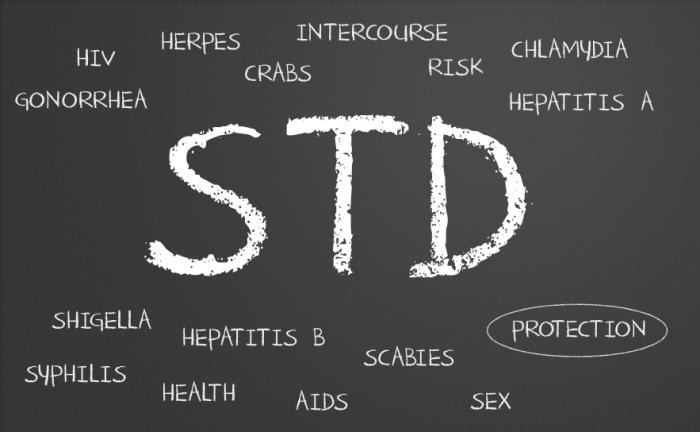Types of STDs That Can Show No Symptoms
A long-term partner who confessed to cheating on you as a summer fling. All of a sudden you must ask yourself, is my partner and I still clean? These questions could make you wonder whether or not you have a sexually transmitted disease (STD). Even when checking yourself, there are no possible symptoms of this disease. Does that mean you’re okay?

Unfortunately, some sexually transmitted diseases show no symptoms. That means you may be infected and have no idea you’ve contracted an STD. The symptoms may be mild, or often mistaken as another condition. Some STDs don’t have symptoms, but they can cause serious health problems.
What are the types of STDs that don’t show symptoms at all?
1. Genital Herpes
The causative agent of this infection is herpes simplex virus, which causes blisters on your genitals and their surrounding areas. Most people with this disease don’t experience symptoms during the first infection. Some may develop symptoms when first infected, but they’ll only show up four to seven days after the infection has occurred.
These symptoms will include a pain when peeing, painful blisters in the genital or anal area, and itchiness in the genital or anal area, among others.
In some people, symptoms don’t appear until a few months or years after being infected.
2. Gonorrhoea
Patients with this type of STD may not show any symptoms until months later. Sometimes, the symptoms would show when the infection has already spread to other parts of the body. It’s estimated that 50 percent of women with gonorrhea may not experience obvious symptoms. There’s only 10 percent of men with this condition are asymptomatic.
If symptoms would occur, they could include green or yellow discharge coming from the vagina or penis. Then, you would experience pain when you urinate.
3. Syphilis
The symptoms may appear ten days or three months after you get the infection. Then, the symptoms are usually mild. That means you can easily pass it without actually knowing you have it. The most common symptoms are the occurrence of painless sores or ulcers in the genitals or around the mouth and anus. The symptoms would change over time. Plus, they could come and go.
Without treatment, this type of STD can last for years or even decades. The worst part is that you can have it for years without experiencing any symptoms. If it’s not treated, it can quickly spread to other areas of the body, including the brain, which causes life-threatening problems.
When the infection spreads to the brain and the nerves, it can cause meningitis, strokes, numbness, dementia, and heart problems, among others.
4. Chlamydia
It’s one of the most common STDs, but 50 percent of men and 70 percent of women with this infection don’t develop any symptoms until the late stage of the disease. Just like syphilis, it can only show symptoms when the virus has already spread to other parts of the body.
The symptoms would include pain when urinating. In men, they experience pain in their testicles. Women, on the other hand, may experience pelvic pain.
5. HPV
Human papilloma virus is a virus that condoms can’t always protect against. “You could be carrying it and passing it and not have any physical signs,” Michael Cackovic, M.D., an ob/gyn at the Ohio State Wexner Medical Center. While it’s common that no harm can come from the virus, some strains of HPV can cause cervical cancer, throat cancer, and others, which is why getting a regular pap smear is vital.
How will you know you have STD?
If you don’t experience any symptoms but you think may have it, then the only way to know is to undergo a medical checkup. You can speak to a regular doctor or a nurse practitioner. There’s no need to go to a specialist. A primary care provider can already offer you STD tests. Or simply order your own test online today for as low as $100. No health insurance required.
